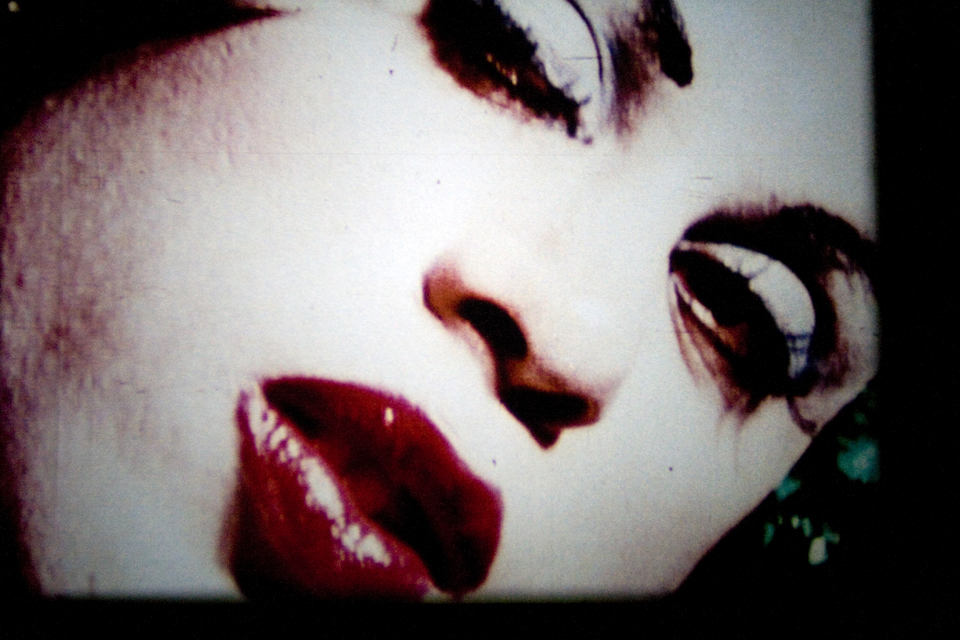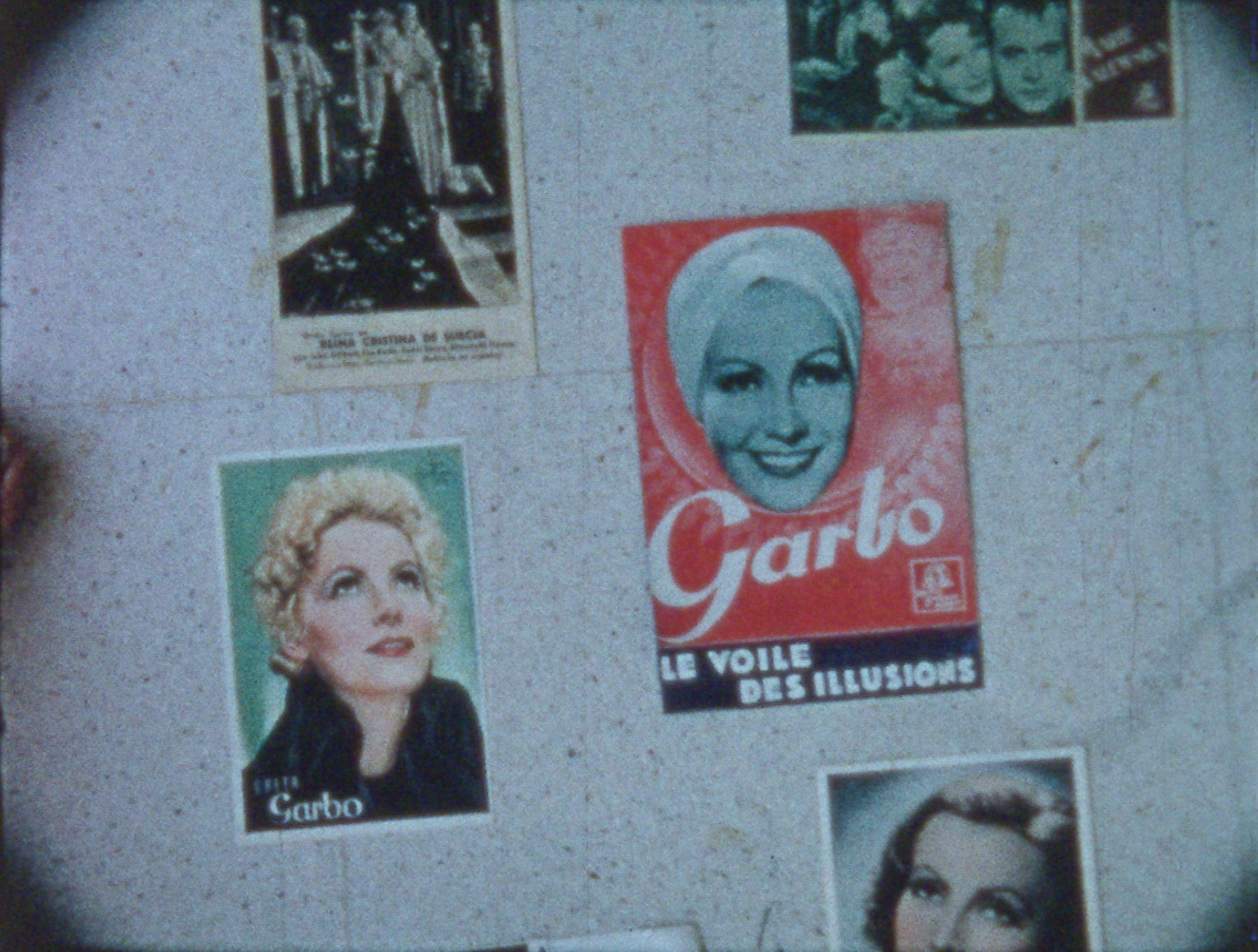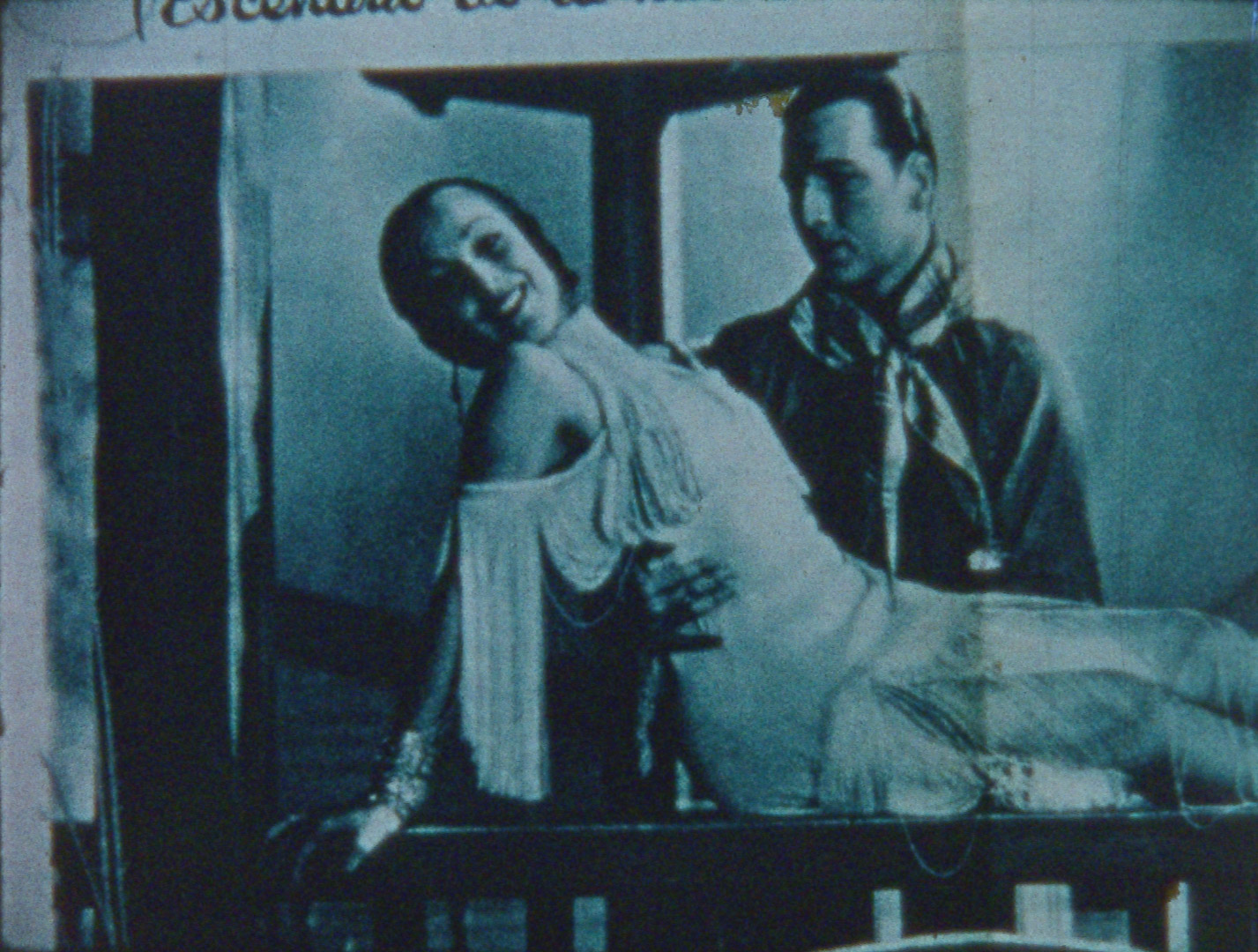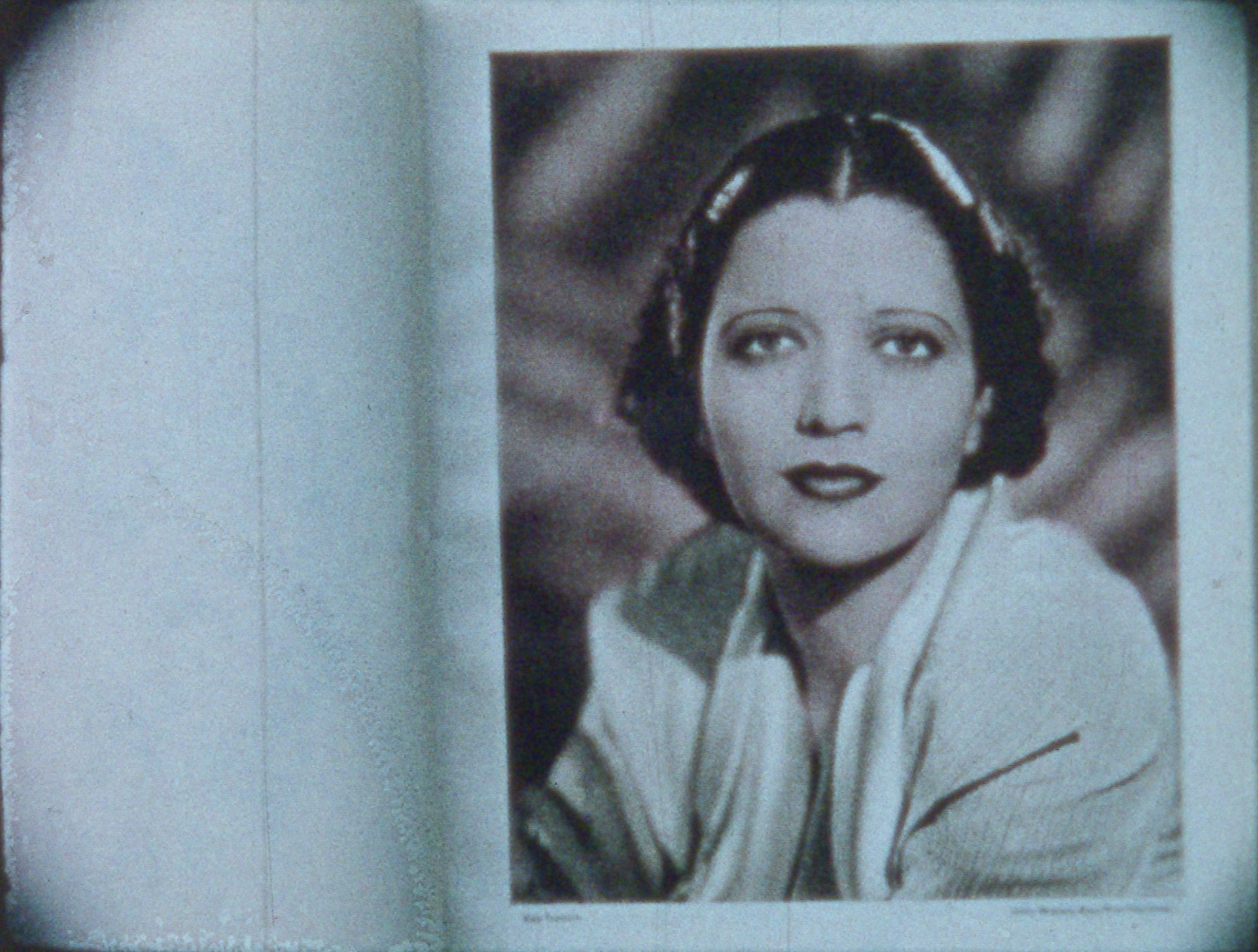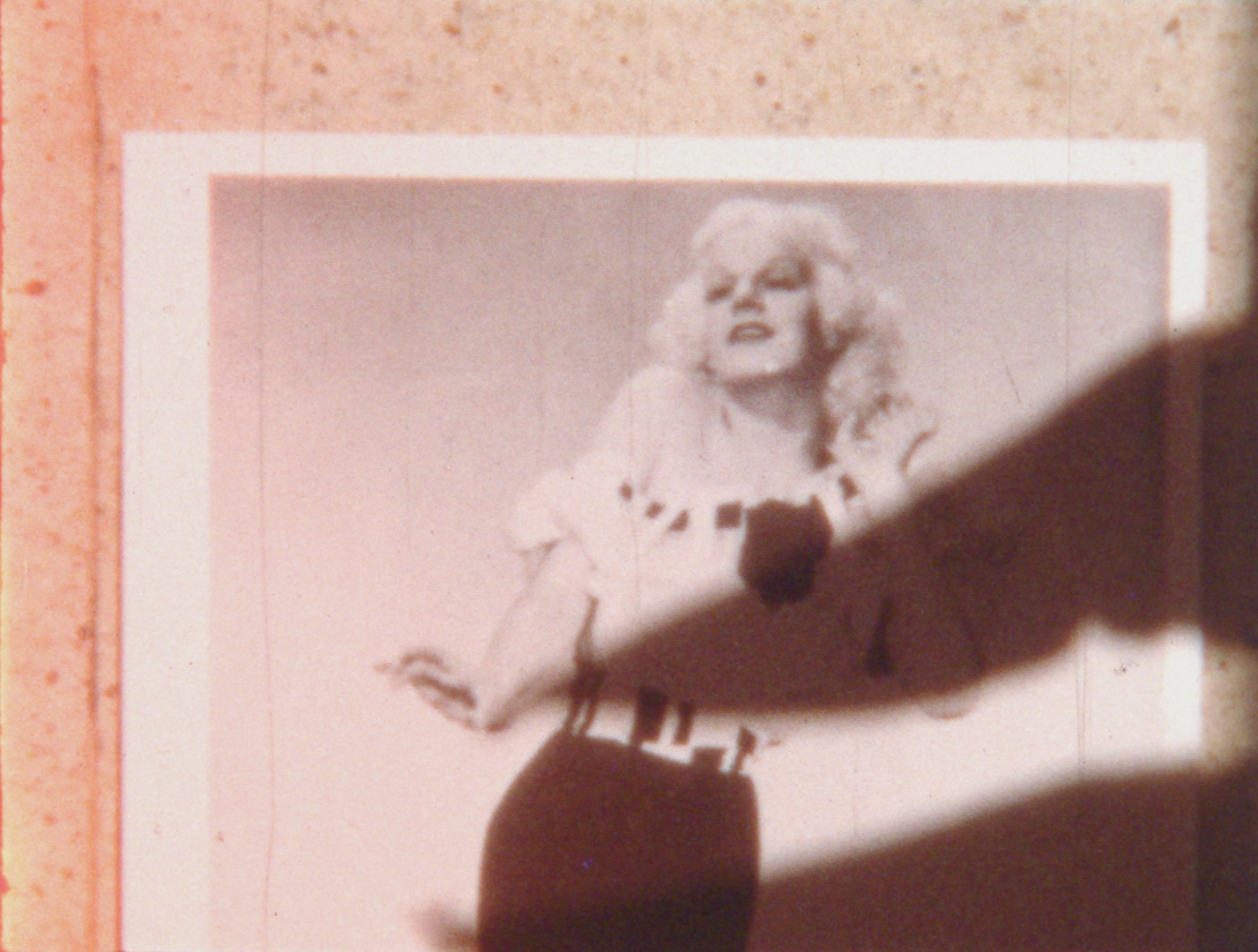Estrellas de ayer: Latin Camp
If nostalgia is the impossibility of a return to origin, queer nostalgia is the salvage of a symbolic past. These filmmakers borrow an alternative origin from Hollywood stars; these figures are also a site for mining, appropriation, and excess, forming private and collective mythologies that work against linear conceptions of time or history. This program proposes a new constellation of Latin/o American fascination with Hollywood glamour, starlets, and performative extravagance: Ecuadorian artist Eduardo Solá Franco's recreation of Hollywood's Herculean heroes and mythological fantasies, José Rodríguez Soltero’s classic Lupe (1966); Teo Hernandez's Estrellas del Ayer (1969) where he pays homage to Greta Garbo, Joan Crawford, Lupe Vélez, Marlene Dietrich, replete with campy nods to the star system; and finally raunchy an provocative interpretation of "the Queen of the Bolero" Olga Guillot in A Olga by Horacio Vallereggio (1975).
"Strangely neglected for way too long, Jose Rodriguez Soltero's Lupe is an underground classic of the stature of Flaming Creatures, Scorpio Rising, Hold me While I'm Naked, or The Chelsea Girls. It is ostensibly a biopic of Lupe Velez inspired by Kenneth Anger's sketch of the Mexican spitfire in Hollywood Babylon and, stylistically, by Von Sternberg's Marlene Dietrich vehicles. Rodriguez Soltero takes some liberties with the facts and produces a color-saturated, gorgeous dime-store baroque that tells of Lupe's rise from whoredom to stardom, her fall into fractured romance and suicide, and her ascension into the spirit world." --- Juan Suarez
Lupe, Jose Rodriguez-Soltero (1966) 16mm, color, 49.5 min. Courtesy of Anthology Film Archives, New York.
